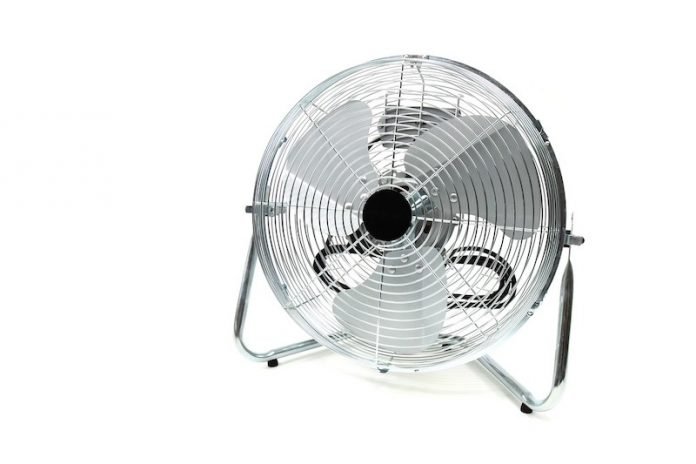
In a new study, researchers questioned the safety and effectiveness of electric fans in heatwaves.
They found the public health advice on common weather metrics could be misleading.
The research was conducted by a team from the University of Sydney.
The heat index is a commonly used weather metric that expresses both air temperature and relative humidity.
It was designed to help convey how hot weather conditions feel to the average person.
The United States Environmental Protection Agency (USEPA) states that fan use above a heat index of 37.2°C (99°F) “actually increases the heat stress the body must respond to.”
In the study, the team tested 12 healthy men, who were monitored for thermal strain (rectal temperature), cardiovascular strain (heart rate and blood pressure), risk for dehydration (whole-body sweat rate), and thermal comfort (assessed using 120-mm visual analogue scale) over a two-hour exposure to simulated peak conditions of two types of heatwaves.
One was very hot and dry replicating the peak conditions of the California heatwave in July 2018, and the other was cooler but more humid with a higher heat index representing the peak conditions during the Chicago heatwave in July 1995, and Shanghai heatwave in July 2017.
The team simulated heatwave conditions to examine the effect of electric fan use on an individual’s core temperature, heart strain, risk of dehydration and comfort levels.
They found that in a hot, humid condition with a heat index of 56 °C (133°F) fans lowered core temperature and cardiovascular strain, and improved thermal comfort.
However, fans were detrimental for all measures in very hot, dry conditions despite a lower heat index of 46 °C (115°F).
The research calls into question current guidelines from most public health authorities, including the World Health Organization.
It suggests fans may not be beneficial when the temperature rises above 35 degrees Celsius (95°F), as well as recommendations based on heat index caps.
The team says when the air temperature is very high and humidity is very low, fans are detrimental, which can be seen in arid conditions such as Phoenix or Las Vegas in the US, or Adelaide in South Australia.
Neither temperature or heat index caps are the best basis for public health advice on the use of fans.
It is important to examine the effectiveness of a range of different low-resource cooling strategies that can be easily implemented in different heatwave conditions by the elderly and people with medical conditions like coronary artery disease.
The lead author of the study is Associate Professor Ollie Jay of the Faculty of Health Sciences and Charles Perkins Centre.
The study is published in Annals of Internal Medicine.
Copyright © 2019 Knowridge Science Report. All rights reserved.



